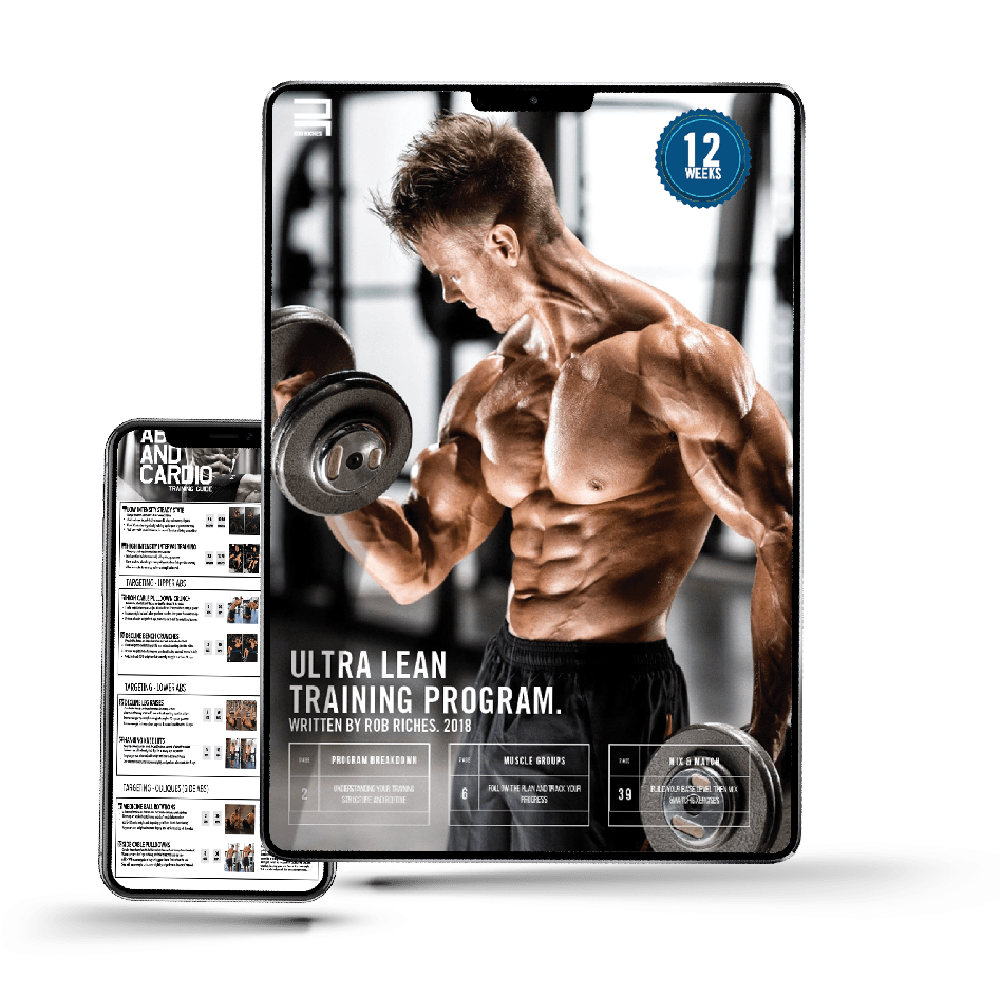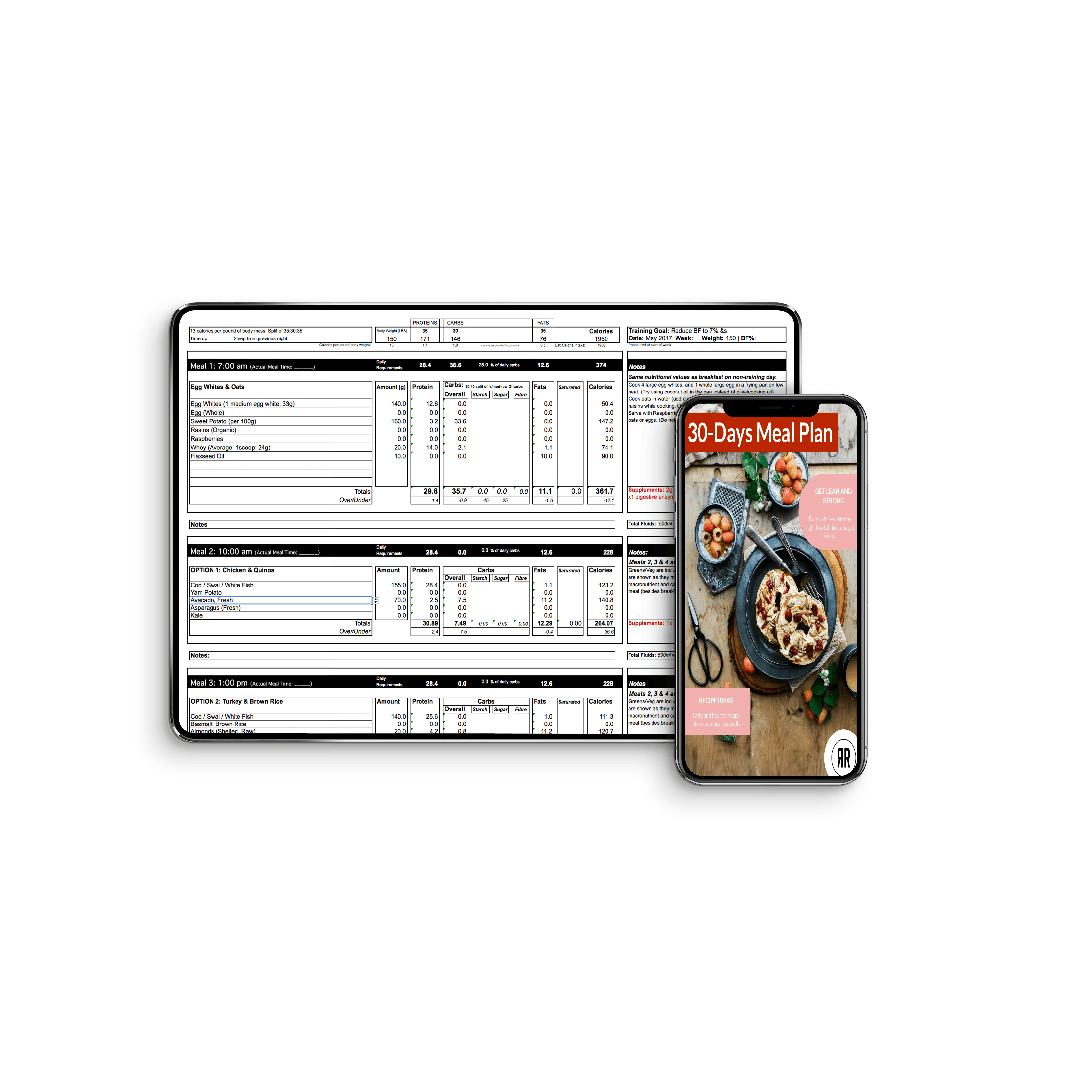This is the chest routine I follow prior to a photo shoot to show maximum conditioning and muscle separation
June 15, 2018
There’s only a certain number of exercises that work the chest, but it’s how you perform them that can make all the difference.
Presses and flys are the cornerstone of any good chest workout, but depending on your training goal, whether it be size, strength, function, or just to get the chest looking as good as you can for a photo shoot or to step on stage, the manner in which you perform such exercises can really make a difference. This article breaks down the routine I found to be most effective when getting ready for a recent photo shoot I had in Las Vegas for a fitness magazine that focused on competition chest training.
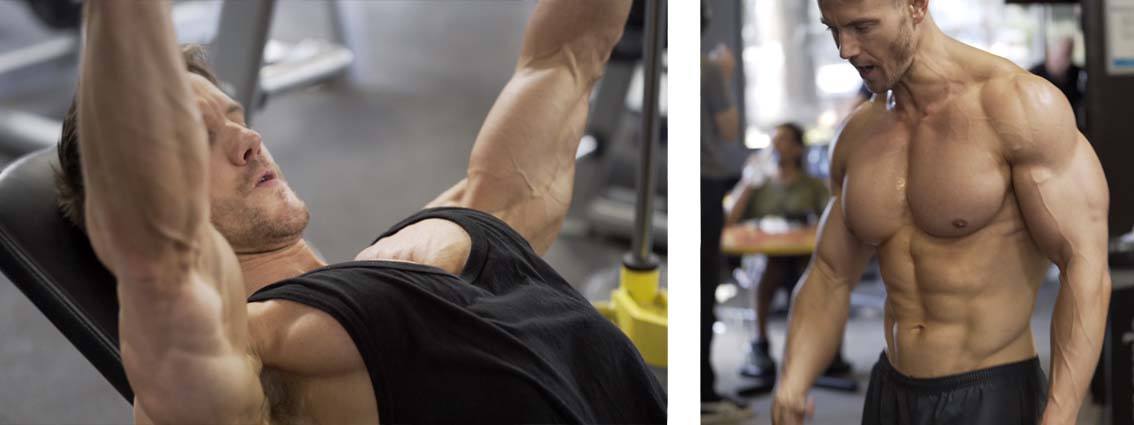
← Have You Seen This?
In need of an extra boost to your training? Check out my free complete training guide and daily meal planner for support.
The Importance Of A Proper Warm Up
There was a time where I would just start my workout on the first exercise and go heavy with little to no warm up. I was eager to feel the pump and in doing so, would neglect properly warming up my muscles and joints. Looking back, I could get away with it when I was young, but after training for more than half my life now, longevity and health is certainly a big priority now.
I’m well aware of the discussions of whether you should stretch before training, but all I can say is that I feel so much better during and after my training for having focused on a proper stretch, mobility, and simple warm up circuit. Even if you don’t have any resistance bands, foam rollers, or massage balls (which I would strongly encourage that you get some), you can still focus on performing several sets of a few different exercises that will work the muscles through a full range of motion using about 40-50% of your usual resistance. Follow that with a few minutes of stretch and mobility work, and then move into your main working sets, still taking time to build up to your heavier working sets.
Power First, Detail Second
You can see within the workout below, I start with two pressing movements where I can build up to the heaviest weights I’ll be lifting within the routine. This is simply because I want to focus on movements that require the most amount of effort early on when I have the most energy and still feeling fresh. A big part of my training over the years has been about keeping the muscles full and strong, which I find works best with always lifting heavy within the first part of my workouts. It also gets all the blood (rich in oxygen and nutrients) into the muscle, helping to give greater contractions and much bigger pump.
After I’ve exhausted the muscles of a few compound-type movements, I’ll focus on detail work, which usually consists of more machines, cables, and body-weighted exercises, as well as making use of circuits and drop-sets, which help to keep the intensity still high on the muscles without needing to use a heavy amount of weight. This allows me to focus on consciously contracting the muscles throughout the movement, and given that they are pumped full of blood from the previous heavier exercises, the feeling of squeezing the muscle and holding briefly at the top of each rep can really help bring out my conditioning and further separation between muscles (providing I have low enough body fat levels, which is taken care of through my diet and cardio).
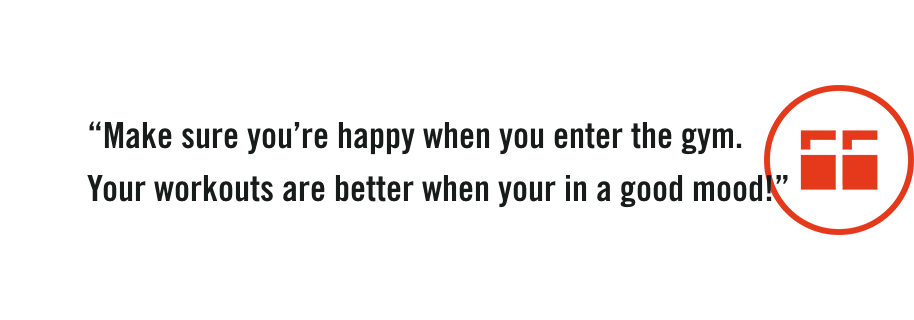
Make Use Of Shocking Principles
The first thing to master within any workout routine is to make sure you’re performing the exercises correctly and can really feel the muscles working as they should be. Straight sets usually mean you are pushing your muscles to their maximum for the desired rep range, followed by a recovery period, and then repeating a set, often with a small increase in resistance. (Progressive overloading the muscles).
Once you’ve mastered the form and technique, the next step is start using different shocking principles, which as the name suggests, will help shock the muscles after having reached their threshold (failure), and allow you to continue pushing your muscles, which over time, will allow them to become more efficient at handling such stresses, or in other words, become stronger and bigger. (Conditioning is more about low body fat levels and full development of each muscle head).
There’s no set method for this, and I’ll often go on “feeling” as I’m nearing the end of my last couple of working sets as to which shocking principle I’ll use (there’s a full breakdown of my top ten shocking principles within my free Training Guide). Some of my favorites to use include rest-pauses, drop-sets, and super-sets.
Focus On The Details
When you’re lifting heavy weights, your focus is simply to move that resistance, ensuring that you’re performing the movement with correct form and truly using the required muscles to move it. Lifting heavy is fairly black and white, in the sense that you either can lift it, or you can’t.
When I talk about detail, I mean things such as slight outward hand rotations during dumbbell flys, or a conscious effort to contract the pec muscles as you push up on parallel bar dips, and the elbow rotation during cable flys to really feel the chest maximally contract. The detail work often comes after the heavy lifting, which can be looked at like washing you car (the big work), followed by a polish and wax (the detail work). Simply be aware during your last few exercises as to how much you’re truly feeling the targeted muscles get worked. If the weight is too heavy, it can actually hold you back from maximal contractions and slight differences in rotations and angles – all the things that can help you look just that little bit leaner and conditioned, which on stage or for a photoshoot, can mean the difference between 1st or 2nd, or getting the cover or not.
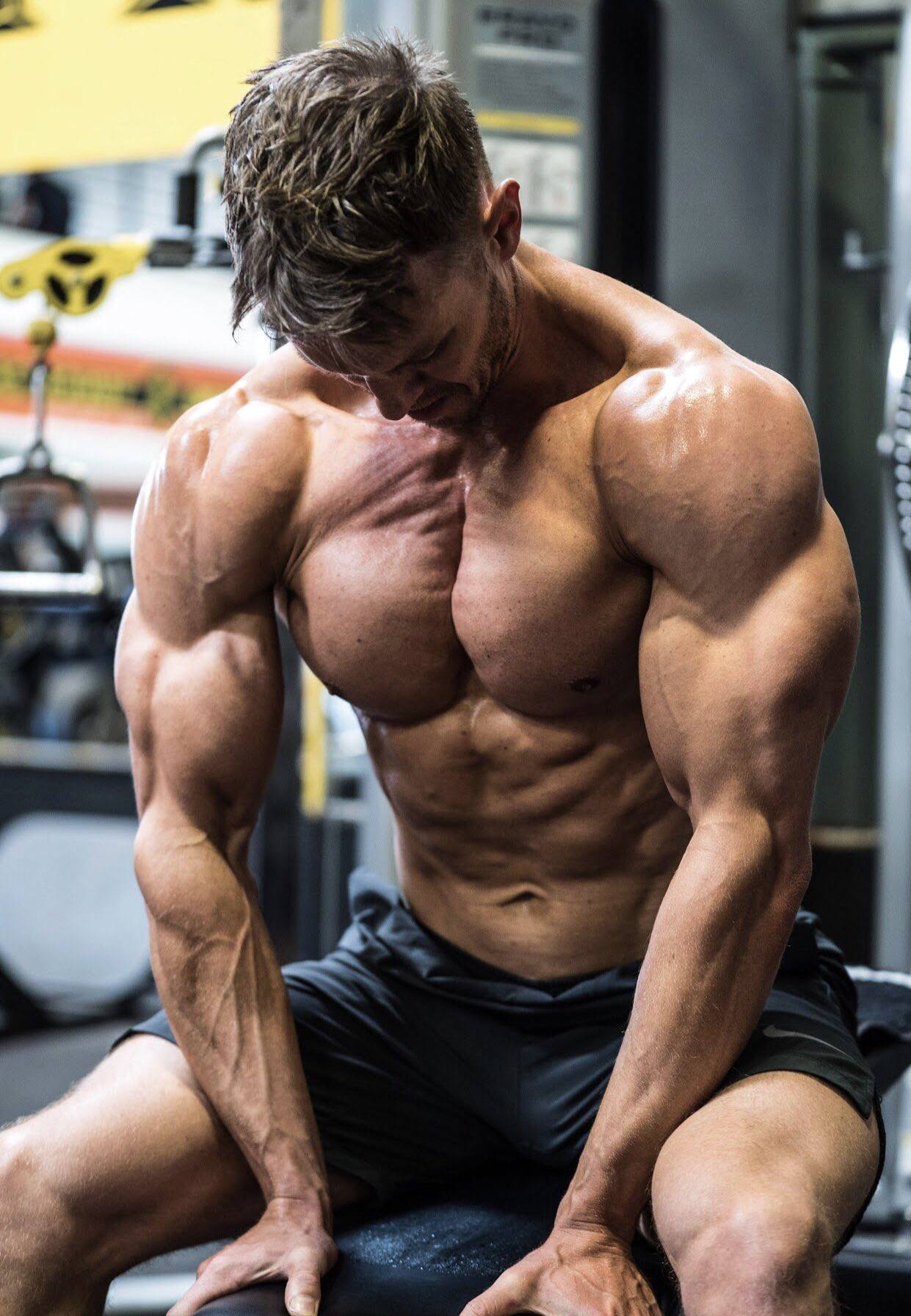
Stretch & Mobility
BANDED HOOKED ARM 45-60 sec per arm
OPEN ARM BAND STRETCH 45-60 sec per arm
OVERHEAD SHOULDER STRETCH 45-60 sec per arm
TRIGGER BALL ARM REACH 60-90 sec per arm
Warm Up Circuit
PEC DEC MACHINE 2 sets of 12-15 reps
DUMBBELL PRESSES 2 sets of 12-15 reps
PUSH UPS 2 sets of 10-15 reps
Ex. 1
Incline Smith Press
4 SETS 10-12 reps
Perform set 1 as warm up (15 reps). Sets 2-3 as progressive weight. Set 4 perform as drop set.
Ex. 2
Isolateral Incline Machine Press
4 SETS 8-12 reps
Progress weight on all 3 sets. Final set perform with banded resistance, followed by drop set.
Ex 3. (Circuit)
DUMBBELL FLYS* 3 sets of 12-15 reps
CHEST DIPS 3 sets of 12-20 reps
CABLE FLYS 3 sets of 12-15 reps
*Perform following exercises as a circuit. For each set of Dumbbell and cable flys – change the angle of bench/pulley. At end of final circuit, perform push ups to failure.


